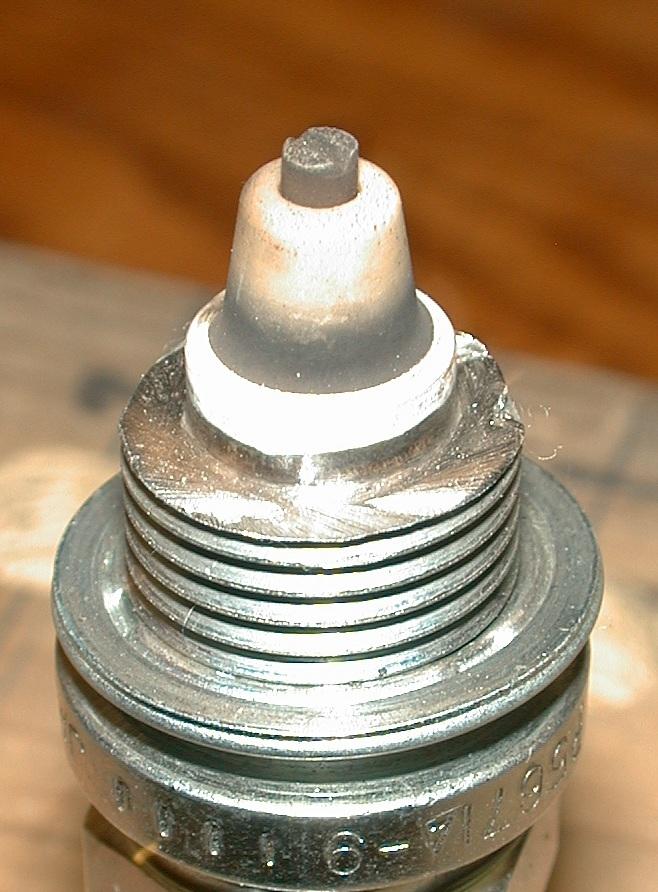boater2065
Active Member
Black spark plugs indicate a rich fuel mixture. They should be light tan after a full tune up. Is there a way to adjust your fuel mixture? When was the last complete tune up performed on your engines? You said the plugs are new. Are they hot enough? Are they the originally spec'd plugs? Any other ignition parts that are serviceable? It's been a while since I owned your engines, but I seem to recall there was some leeway in the type of plugs that were used depending on conditions.
I gave it a tune up in October 2020. Replaced plugs, replaced cap and rotor, changed oil and replaced oil filter.
The plugs I am using are NGK BPR6EFS which I have read are spec'd for this engine.




